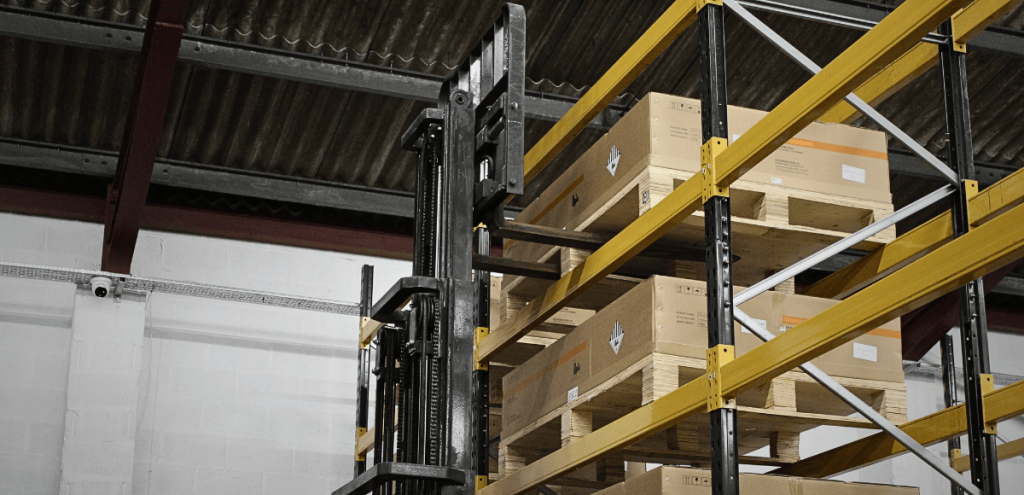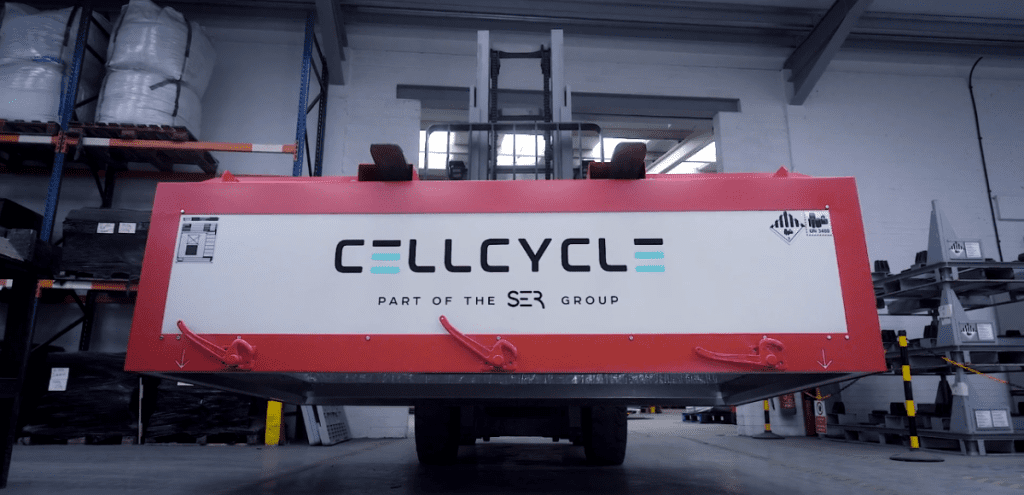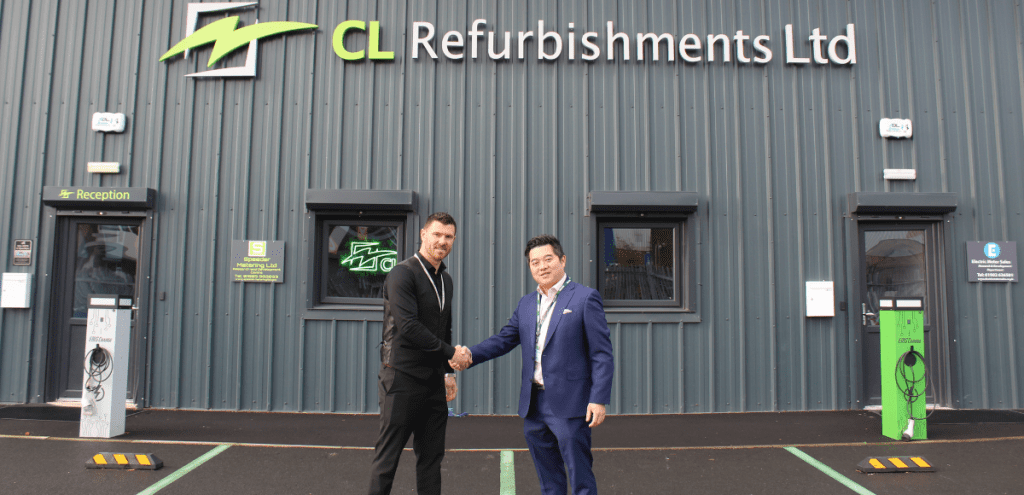As the electric vehicle market accelerates, so too does the complexity of its supply chain. Among the most critical and often overlooked—elements of this process is the journey each lithium-ion battery undertakes before it ever powers a single mile.
For OEMs, ensuring batteries arrive on time, in optimal condition, and ready for immediate deployment is essential not only for vehicle production, but for customer confidence and brand reliability.
The Reality Behind EV Battery Supply
Most electric vehicle batteries are produced thousands of miles away from where they’re finally installed. Whether manufactured in Europe or Asia, lithium-ion battery packs must be safely transported under strict regulatory conditions. Classified as Class 9 Dangerous Goods, lithium-ion batteries pose both fire and chemical hazards if improperly handled during transit (UN Manual of Tests and Criteria, Rev. 7, 2019).
To ensure safety, international frameworks such as the ADR in Europe and IATA/ICAO regulations for air freight mandate specific packaging, labelling, documentation, and trained personnel during transportation (ADR 2023 – UNECE, IATA Lithium Battery Guidance Document, 2024).
But it’s not just about how they travel, it’s about when they arrive.
Timing delays, customs clearance, and logistical bottlenecks can derail entire production schedules. For manufacturers scaling up EV deployment, having no battery available at the right time can halt deliveries, compromise rollout plans, and damage trust with fleet customers and consumers alike.
The Challenge of Synchronising Supply and Demand
While vehicle assembly timelines are increasingly optimised and automated, battery logistics remain vulnerable to disruption. The European Automobile Manufacturers Association (ACEA) identifies battery availability and supply chain pressure as core challenges in its latest electrification rollout progress report (ACEA Electrification Progress Report, 2023).
And with rising freight costs, port congestion, and a limited number of ADR-certified carriers, OEMs are under growing pressure to build more resilient and flexible delivery models.
That’s where strategic storage of lithium batteries come into play.
Battery Readiness, On Demand
To eliminate lead time risk and improve build-readiness, many forward-thinking OEMs are turning to strategic storage of lithium batteries as a buffer in their supply chain. Rather than relying solely on just-in-time delivery models, maintaining a reserve of pre-inspected and safely stored battery packs near final assembly hubs ensures production stays agile and uninterrupted.
Cellstorage provides this critical support through our fully licensed facility, purpose-built for the secure storage of lithium batteries. Whether holding new, prototype, or reserve battery assets, our warehouse maintains controlled temperature and humidity conditions, supported by 24/7 thermal monitoring, fire detection, and restricted access. This infrastructure ensures batteries remain in optimal condition, ready for rapid deployment whenever required.
Confidence in Every Battery Delivered
For EV manufacturers dependent on long-haul imports or managing multi-site production, this model offers more than convenience, it offers certainty. With Cellstorage as your warehousing partner, you gain the operational flexibility to store lithium-ion batteries safely and compliantly, giving you access to deployment-ready stock at all times.
As demand rises and supply chains grow more complex, the storage of lithium batteries is no longer just a logistical function, it’s a strategic enabler. Cellstorage ensures your high-value battery assets are protected, monitored, and positioned for action, delivering confidence from production line to road.


